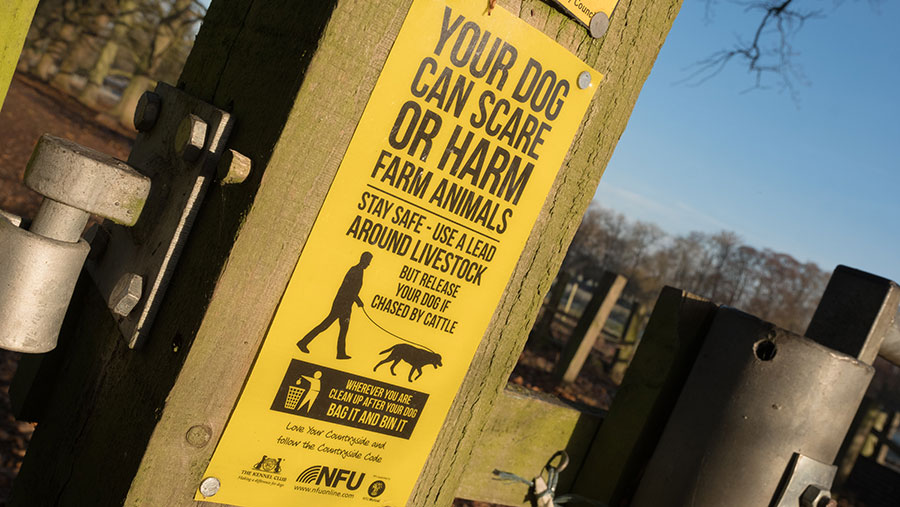50 sheep killed in horrific dog attack on Welsh farm
 © Tim Scrivener
© Tim Scrivener A farmer has been left devastated after 50 ewes were forced into a field corner and killed in a horrific dog attack on a farm in south Wales.
The sheep were found dead in a field in north Monmouthshire on Saturday 16 January and Gwent Police’s rural crime team shared a distressing image of the aftermath.
See also: What to do if you’re a victim of… sheep worrying
The force said it was investigating the incident and it urged farmers to report all attacks on livestock.
We are investigating the death of 50 ewes in North Monmouthshire, following a livestock worrying incident where the sheep were forced into the corner of a field and died there. This is taken seriously by all #ruralcrimeteams @FarmWatcherUK
Report all livestock attacks on 101 pic.twitter.com/bktm0oyaMV— Gwent Police | Rural Crime Team (@GPRuralCrime) January 16, 2021
Janet Finch-Saunders, member of the Senedd for Aberconwy and Welsh Conservative shadow minister for climate change, energy and rural affairs, described the incident as “incredibly concerning and brutal”.
Mrs Finch-Saunders said it is time for “urgent and significant change” to tackle livestock-worrying incidents in Wales.
She has called on the Welsh government to work with the UK government to introduce a national rural crime taskforce for Wales “to increase confidence in efforts to confront rural crime”.
String of attacks
It follows a number of serious dog attacks on livestock in the past month and renewed calls from farmers for owners to always keep dogs on leads in the countryside, especially near livestock.
In North Yorkshire, 18 sheep were killed in a dog attack near Northallerton in early January. North Yorkshire Police urged dog walkers to “take responsibility for their pets”.
On 9 January, an in-calf Highland heifer was savaged by a Rottweiler that had escaped from its home in east Lancashire.
Fifteen sheep were killed on a farm in Gloucestershire on 15 December. Farm manager Mike Wilkins said it was “like an assassination”.
National Sheep Association chief executive Phil Stocker said: “Attacks on sheep often cause huge financial cost for the farmer, but for most the initial stress and anxiety is equally impactful.
“The only way to avoid incidents like this is for dog owners to take proper responsibility for the dogs – know where they are at all times and keep them on leads anywhere in the vicinity of livestock.”
